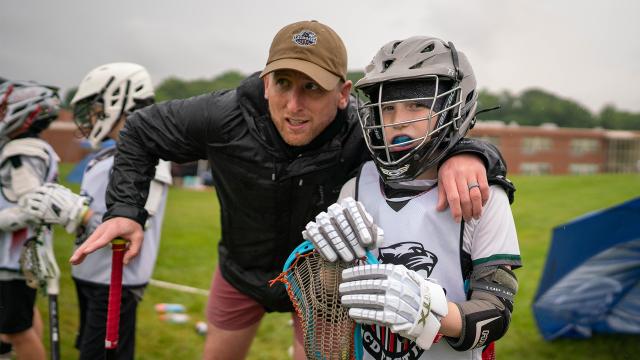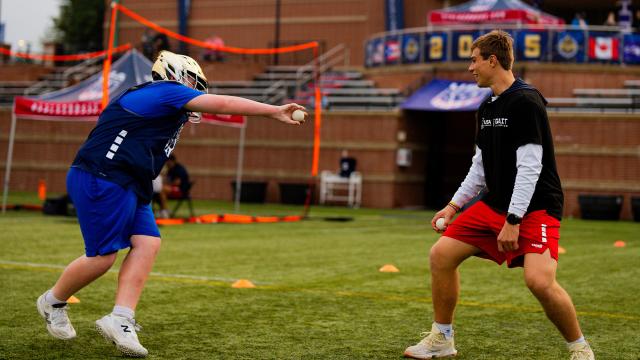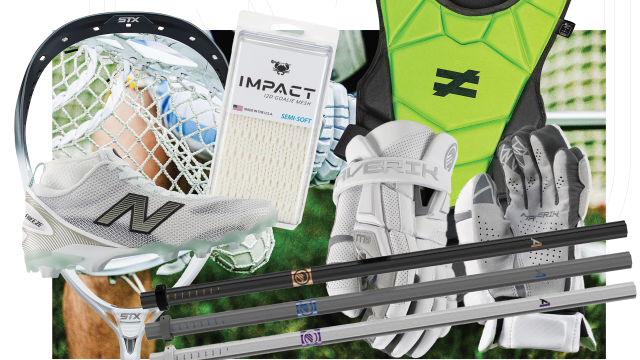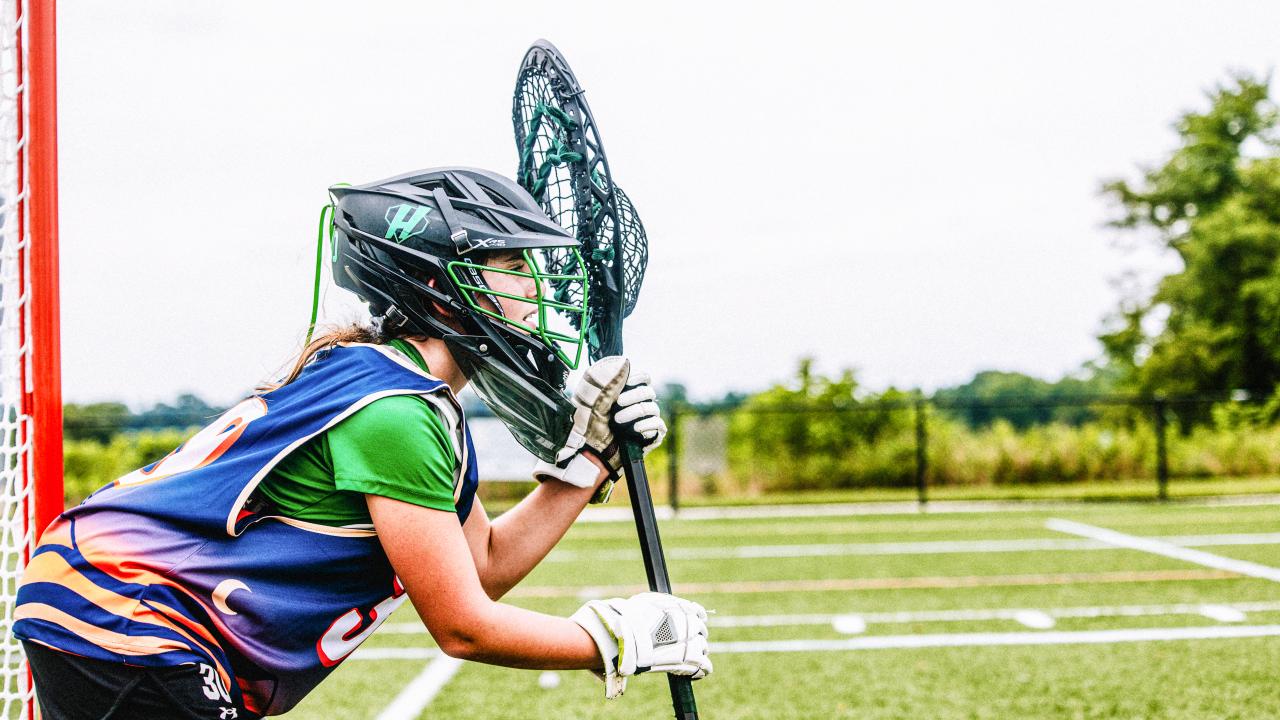
How Youth Lacrosse Goalies Can Overcome Their Fear of the Ball
Presented by:

Goaliesmith

© 2025 USA Lacrosse. All Rights Reserved.


Ask any goalie or former goalie, and they’ll tell you getting over the pain of the ball is a rite of passage. In playing the position, there are three steps to take to get over your fear of the ball. The key is to focus on getting comfortable with the speed and power, not avoiding these shots.
Break a sweat and see shots coming at warmup speed. For most goalies, that’s probably around 60 percent.
That means if you’re used to seeing 13-yard step-downs, back the shooter up to 16-17 yards and let them put some power on it — but high only.
This is key. When you see real speed from a farther distance, it allows you to get comfortable with that speed. You can still see the ball. You can still see the full windup. But you have more time to react.
Also, limiting the shooter to high shots is a way for even a new goalie to get comfortable with the speed without risking much injury.
Get warmed up and back the shooter up with more speed for hip shots, low shots and shots all over.
If you continue this process, you can work on your technique with shots at warmup speed, and then you can always back the shooter up and tell them to turn it up so you can test your ability to get over that fear of the ball.
Do this as part of your once-a-week shooting routine. You’ll be over your fear of the ball shortly.
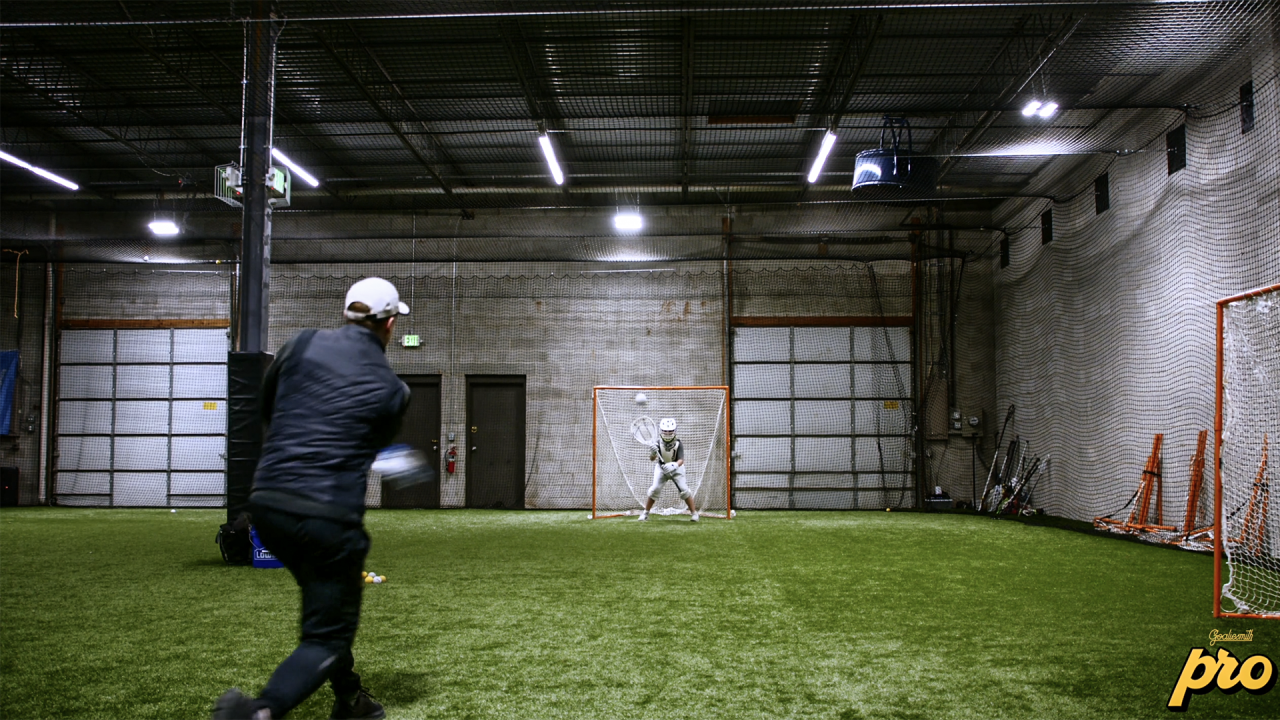
Soft lacrosse balls, or softies, are great to work on mid-range and inside shots. They allow you to sacrifice the body and get nailed without it hurting.
However, using softies to get over your fear of the ball on deep shots can give you false confidence. Once you know that a real ball is being used and can hurt, and you don’t have experience with it to fall back on, you’ll immediately revert back to old habits.
It’s best to use a hard ball, but back the shooter up and limit what part of the net they have to target.

